Weekly Tech Recap - № 152 - Misty I and Kenshiro robots, Prothesis exoskeleton, E-Skin, Vuzix Blade glasses, etc.
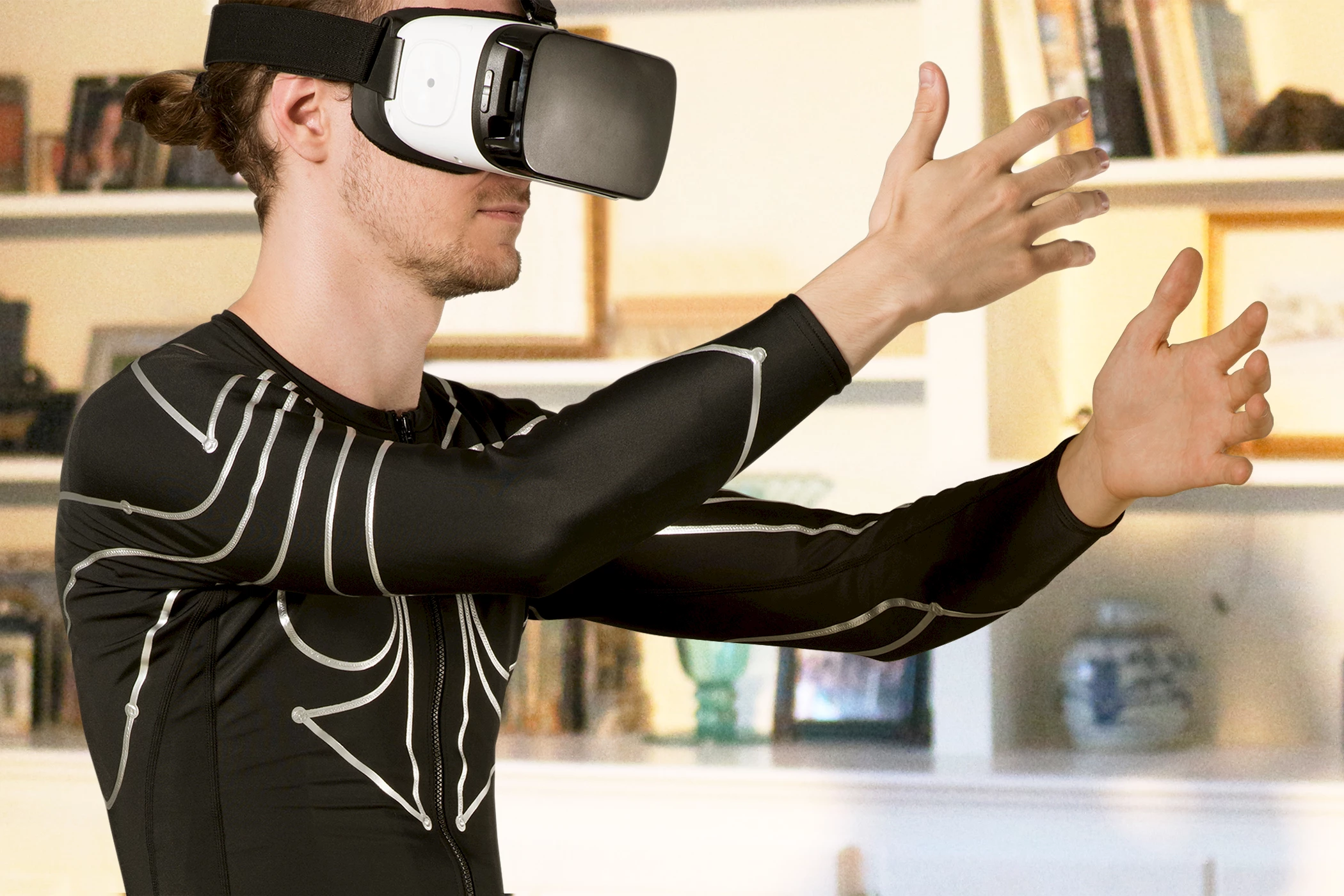
The Misty I robot
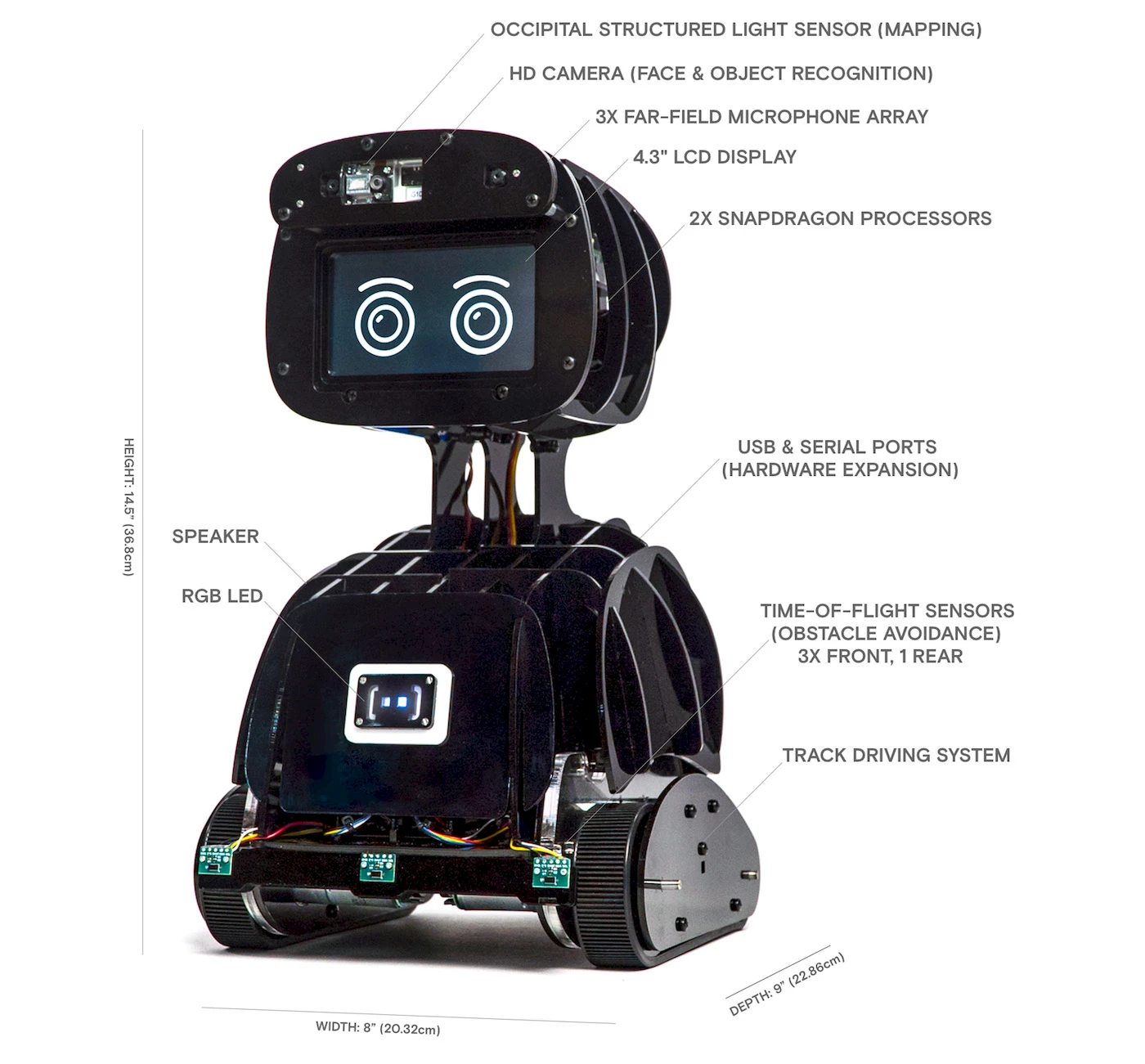
Misty I. © Misty Robotics.
The developers at Misty Robotics, who also brought you Sphero, have created Misty I, an adorable little “advanced personal robot, that’s affordable and easy to program.” It’s targeted towards developers, who can program the device using a JavaScript API. It features multiple sensors, is equipped with two Snapdragon processors and an LCD screen for its facial features. It’s 37 cm high, and moves around on tracks like a tank – and is oddly reminiscent of WALL•E. Misty I will be available next month for $1,500 USD, but only for select developers. Misty Robotics is hoping to follow-up with a more sophisticated Misty II later on this year, targeted to a wider audience, but still geared towards those who are comfortable with programming. In response to IEEE Spectrum’s question, “Why do you think developers will buy a robot and spend their time developing apps for it?” Misty Robotics answered simply, “Because it’s a robot.” Fair enough. Are you intrigued? Sign up here.
⇨ IEEE Spectrum, “CES 2018: Misty Robotics introduces Misty I, a mobile robot developer platform.”
Motorized exoskeleton
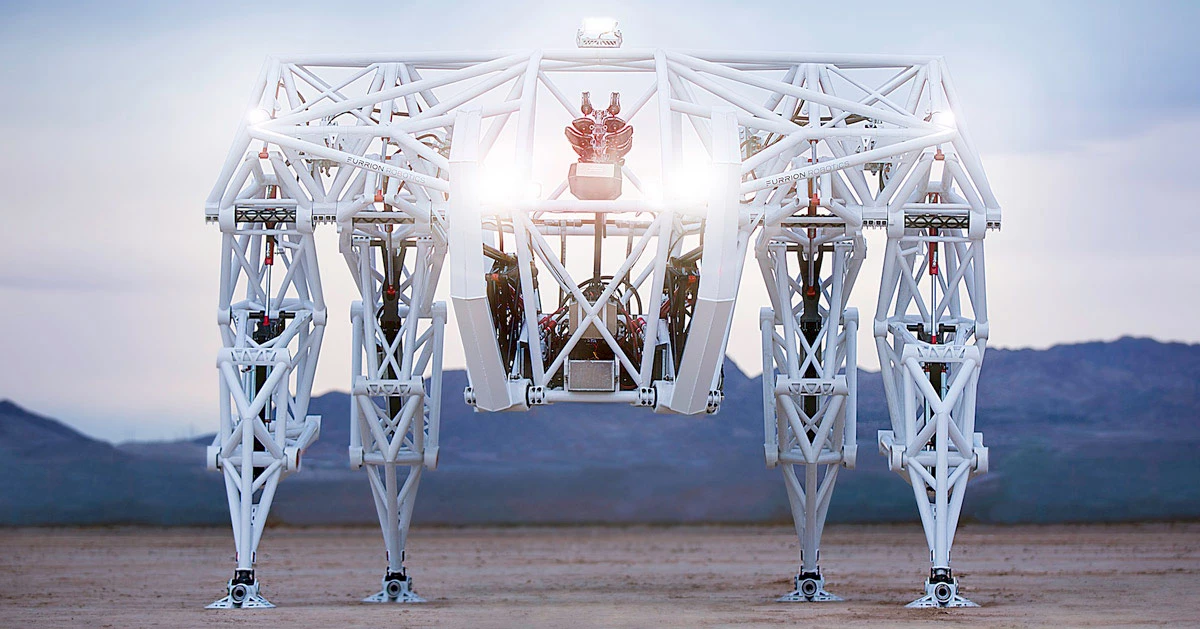
Prosthesis. © Furrion Robotics.
At the Consumer Electronics Show in Las Vegas, a firm called Furrion unveiled Prothesis, an enormous four-legged exoskeleton. This strange, mobile monster measures 4.5 metres, weighs in at a whopping 3,620 kilos (watch your toes…) and was clocked at speeds up to 32 km/hr. Its battery life is one hour. It was created to serve as a prototype upon which to model other mechs, and eventually create a racing league. For the moment though, Prothesis’ only job is to put on a spectacular show and stoke in us an irresistible desire to try it out. It works by amplifying the movements of its user, requiring a steady hand coupled with pretty sharp hand-eye coordination.
⇨ Roadshow, “Giant mech takes first steps toward its own racing league.”
Kodak is jumping into murky bitcoin waters

KashMiner. © Kodak.
Have you ever read something so odd in the news that you give your head a shake and read again to make sure? Well, here’s one for you, and it’s not fake news. Not only has Kodak launched its own cryptocurrency, dubbed KODAKCoin, but the company is also offering you the ability to rent a device called the KashMiner, which can be used to create bitcoins. You’ll have to part with a cool $3,400 to rent the device for two years, and fork over 50% of the money that the machine makes. Those in the know were quick to point out that the miner, Antminer S9, already exists in the marketplace, and that you can buy it full-out for $2,320 USD without turning your profits over to anyone. Another example of the dilution of the Kodak brand, which is made available under licence to unscrupulous businesses that have little or nothing to do with imagery and photography.
⇨ The Verge, “Kodak KashMiner: a bitcoin miner that you rent for $3,400.”
Athletic robots
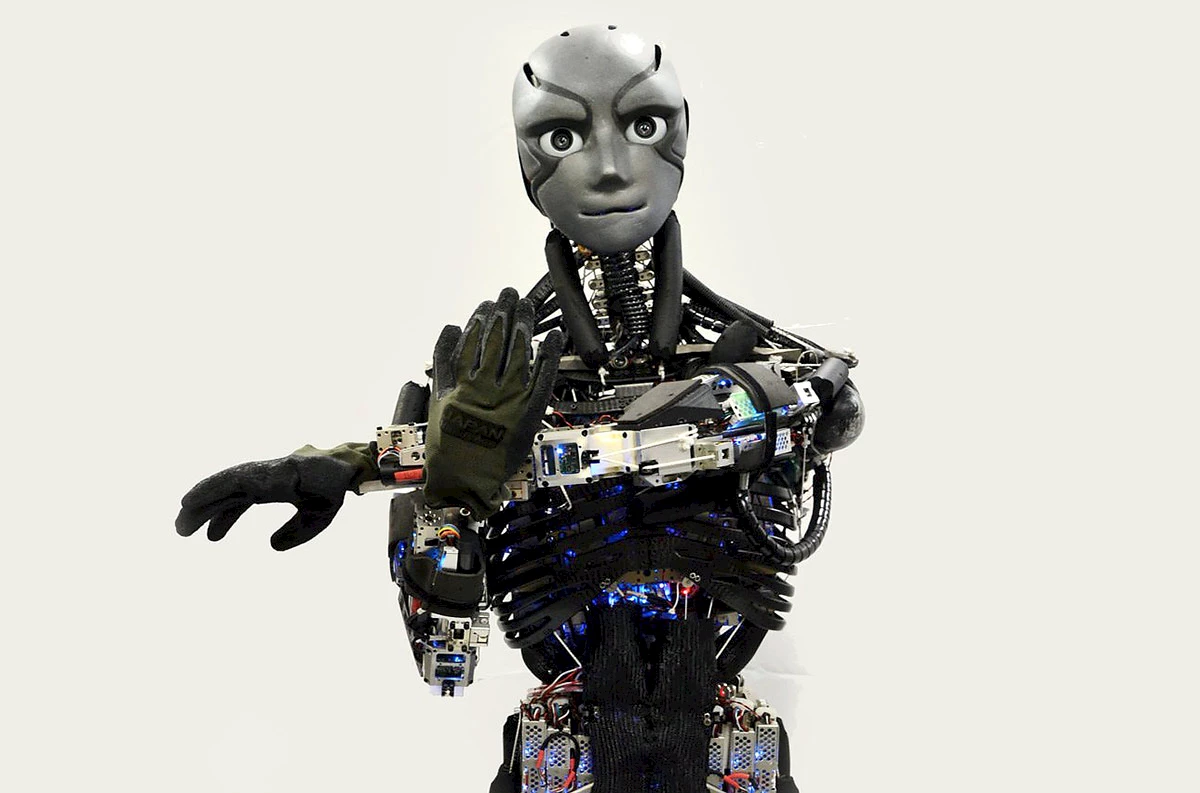
Kenshirô. © University of Tokyo.
Kenshiro and Kengoro, two humanoid robots that stand at 170 cm high and weigh about 55 kg, were developed by researchers at the University of Tokyo. They were closely modeled on the human skeleton and musculature, which allows them to mimic your favourite gym exercises with an uncanny human-like accuracy and grace. Research in this area could lead to significant advances in the development of artificial limbs and crash-test dummies. In this blog we’ve already discussed Kengoro, who is able to “sweat out” the heat created from its 116 actuators, but hey, this video is new, and let’s face it, we just can’t tame our obsession with robots.
⇨ Wired, “A freaky humanoid robot that sweats as it does push-ups.”
Vuzix Blade AR smart glasses
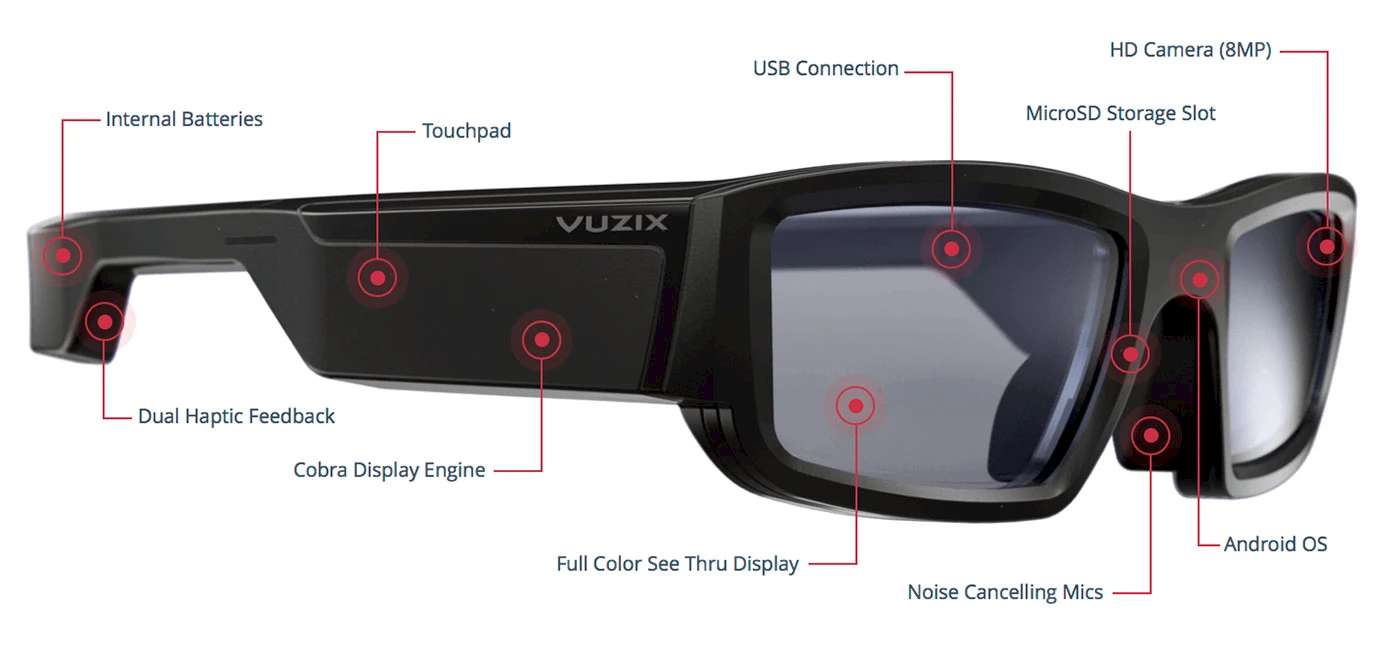
Vuzix Blade. © Vuzix.
A new set of AR smart glasses, dubbed the Blade, was recently unveiled at the Consumer Electronics Show in Las Vegas by display provider Vuzix. Unlike previous versions developed by the company, the entire display and its power source are contained within the eyewear frames. Vuzix worked with Amazon, and the glasses are the first ever to feature Alexa. The glasses can be a headset, can connect to the Internet via Wi-Fi, or be paired over Bluetooth with an iPhone or Android. The battery lasts between 2-12 hours, depending on if you use it for just notifications or for other intensive applications. In terms of design, these glasses are far ahead of Google Glass – they seem to be the closest to a non-computerized that have been developed to date. A developer version will be available in the next few months, and a version for the public should be available in the second quarter of this year. At the moment they cost $1,000 USD, but Vuzix wants to bring that price down to $500 with future generations.
⇨ Circuit Breaker, “Vuzix Blade AR glasses are the next-gen Google Glass we’ve all been waiting for.”
E-Skin
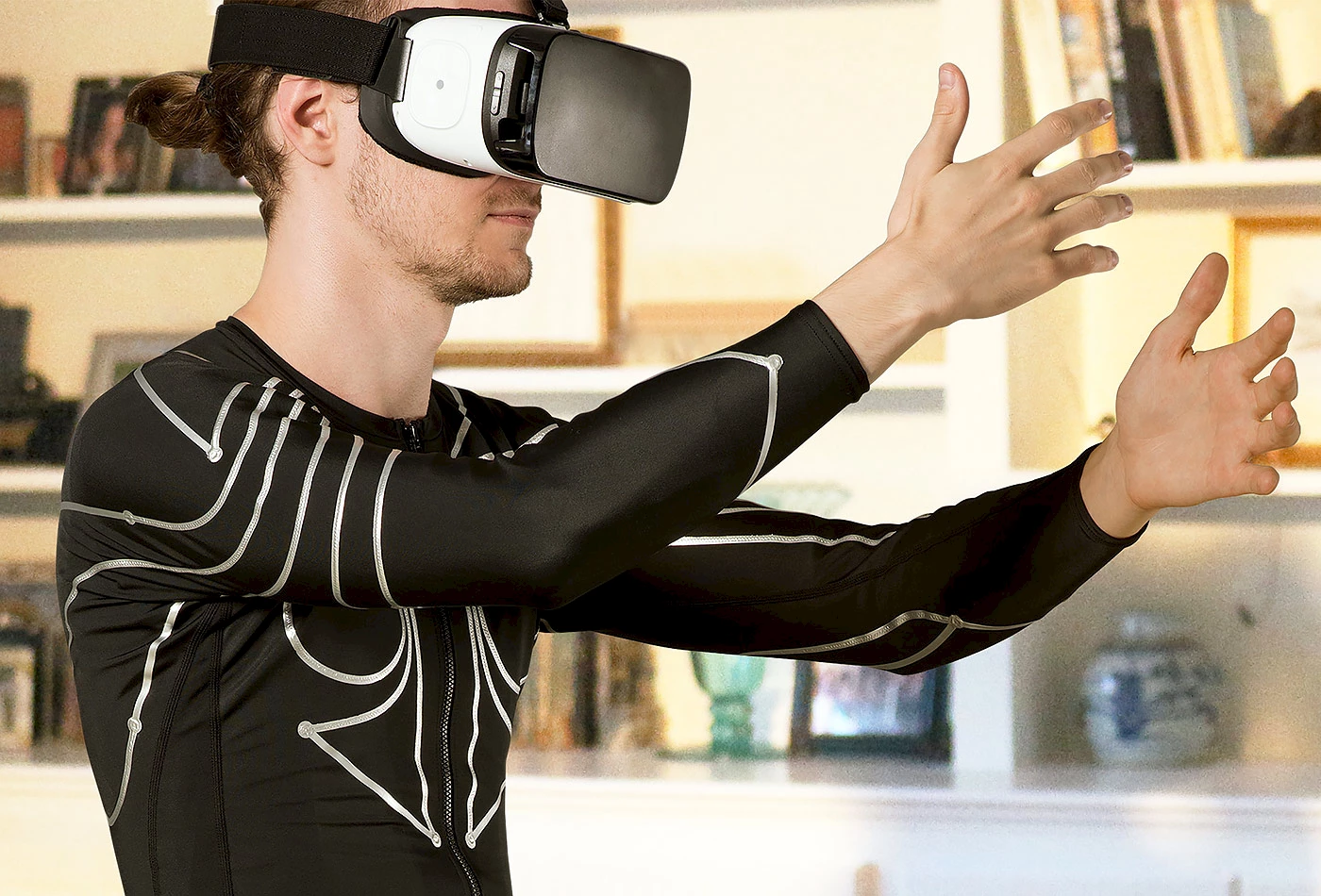
E-Skin. © Xenoma.
At the Consumer Electronics Show in Las Vegas, Japanese startup Xenor unveiled a smart shirt with 14 sensors that can transform your torso into a video game controller. While the device seems limited in its current iteration, it’s clearly blazing a trail for future VR games. Even if Circuit Breaker’s journalist thinks the look itself is silly, I fancy the design and think it’s pretty cool. At this rate, pretty soon we’re all going to look like characters from Tron…
⇨ Circuit Breaker, “This ‘E-Skin’ smart shirt turns your torso into a video game motion controller.”
